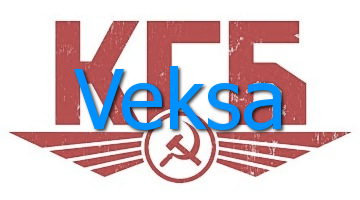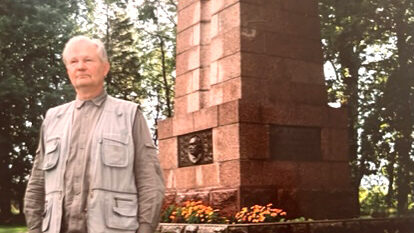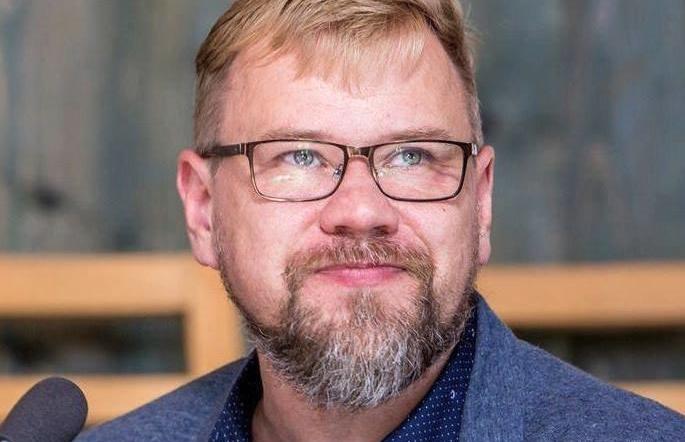Prior to this he had spent 23 years working in various capacities for the Soviet Committee for Sate Security (KGB). Experts have characterized his former positions as active in ‘acitve measures'. Lesinskis himself has referred to it as ‘ethnic espionage'.
He was chairman of the ‘Latvian Committe for Cultural Relations' and editor of the newspaper ‘Dzimtenes Balss' (voice of Latvia, the equivalent of VEKSA's ‘Kodumaa', Homeland). Lesinskis claimed that both of these organizations were KGB fronts.
The man who later was chariman of the LCCR was a KGB lieutenant colonel, expelled from Sweden for spying in 1982. He was Soviet vice-consul Alberts Liepa, made persona non grata for attempting to recruit Latvian émigrés as Soviet spies. Leipa was well known by the Latvian community in Sweden for his propaganda broadcasts to Sweden in the 1960s on Riga Radio.
Lesinskis was tasked to run a system compiling and spreading disinformation to discredit (by slandering) Latvians worldwide, whom the Soviets considered to be anti-Soviet. The propaganda effort was especially targeted to those leading and supporting anti-Soviet activities.
Lesinskis said that files were kept on practically all active Latvians living abroad. Mail from Western countries was intercepted, and files kept and updated on each individual originating a letter. “Many people living in the West have ties to the old country. It's relatively easy for the KGB to use that nostalgia for the old country for their own purposes. One of their main aims is to organize Soviet support groups that can invite KGB people of the native country to the US.”
In 1984 Lesinskis stated that of a group of seven Latvian scientists who were scheduled to attend a conference in Montreal, four were KGB-connected. In Riga this caused public consternation, when attempts were made to identify the four.
Lesinskis' recruitment into the KGB ranks in 1956 was done through blackmail, he claimed. He continued to work for the agency for over 20 years. Having resented the Soviet occupation of Latvia, he also claimed that he was quietly opposed to the KGB methods and goals.
(This writer who had occasion to meet Lesinskis before his death asked him about any similarity between the Latvian Committee for Cultural Relations and VEKSA in occupieed Estonia. Lesinskis was adamant that the leadership was both KGB, their objective and operations plans were identical, since guidelines were issued from Moscow, and similar committees were active in all of the Soviet SSRs. He said he knew his counterpart and colleague in Tallinn, Ülo Koit very well.)
Lesinskis' defection, assertions that he was a CIA double-agent etc, will be covered in a follow-up article.
Laas Leivat, Toronto




